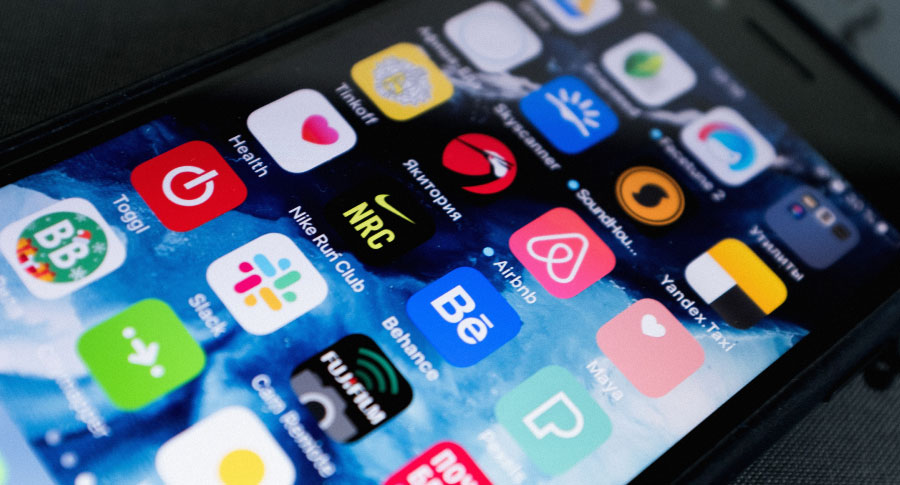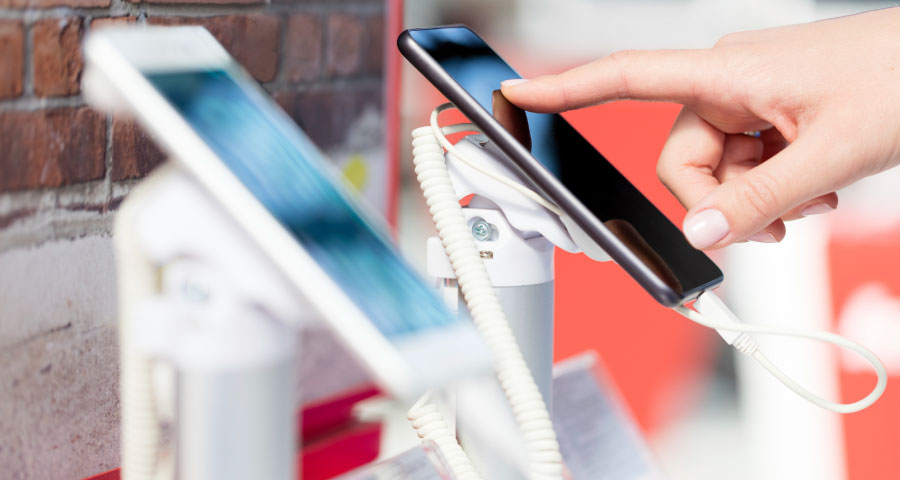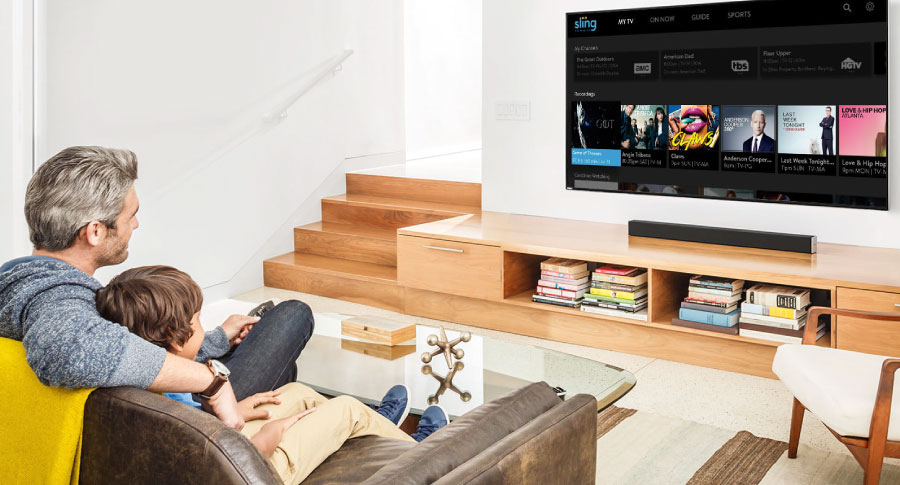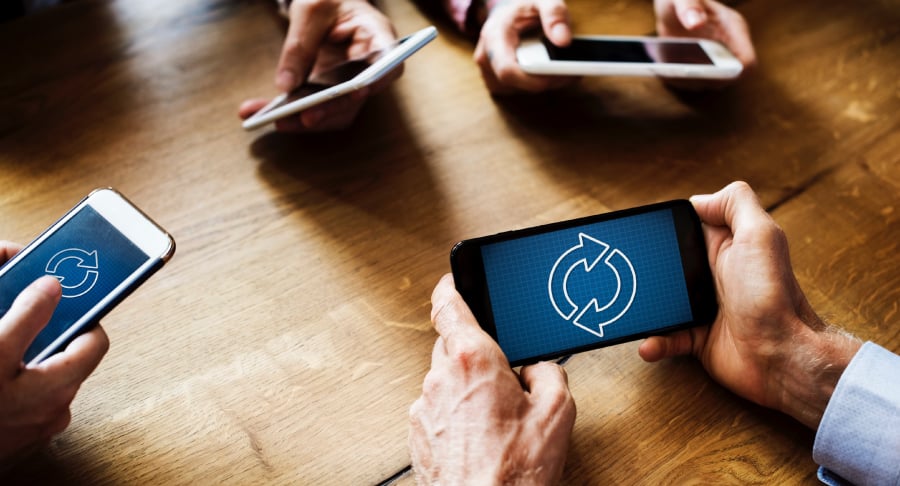Just a few generations ago, it wasn’t common for most children under 18 to be connected to the digital world. That has changed drastically as 53 percent of children now own their first smartphone by the time they turn 11, according to NPR. By the time many children enter their teen years, 84 percent use smartphones.
Helen Akers
Recent Posts
Youth and Effects of Social Media, Smartphone Use, and Unlimited Data
Using robots and artificial intelligence in our homes was once thought of as science fiction. Yet, with self-driving cars and additional enhancements in smart home technology on the horizon, home robots may soon become ordinary.
Topics: Technology, home, artificial intelligence, robot
3 Ways to Utilize Smartphone Apps While You’re at Home
The coronavirus pandemic has changed the daily routines and lives of many, as most states have enacted shelter-in-place orders or restrictions on in-person non-essential activities, including school and work. More people are now confined to their homes most of the time. There is also increasing collective anxiety over when things will return to “normal” and whether the spread of the virus will personally impact ourselves or someone we know. Spending more time at home has increased the need to rely on the Internet, smartphone apps, streaming, and online-based means of entertainment and information exchanges.
Topics: internet, smartphone, apps, home
The sticker prices of modern flagship smartphones may be shocking, but when we take a look back at the history of cell phones’ retail prices, it reveals today’s costs may not be entirely out of line. When new or advanced technology is introduced, higher prices often compensate for the efforts and costs that went into developing that technology. Like the cell phones that were first introduced in the early 1980s, modern flagship phones integrate new technology to expand what a cell phone can accomplish.
Topics: cell phones, smartphone, wireless, price
Mobile Commerce and What it Means for the Future of Shopping
When online shopping began to take off with the internet, no one could have predicted the role mobile shopping would eventually play in online sales. While e-commerce sales make up 10.7 percent of all U.S. retail activity, m-commerce or mobile-commerce sales reached 41.2 billion dollars in the second quarter of 2019.
How exactly did the cable industry start losing ground and does it have a future? Even though 44% of American households still subscribe to cable, the number of households that have cut the cord so far is at 33 million, as reported by techjury. Price and content availability are the two top drivers among cord cutters and those thinking about cutting the cord.
Topics: tv, streaming, cord cutting
3 Reasons Why Unlimited Data Plans May Not Be Truly Unlimited
The meaning of unlimited data can be confusing for cellular subscribers since you’re not always able to use high-speed unlimited data. Even though a plan may use the term “unlimited,” there could be restrictions related to speed, amount of use, video streaming quality, and hotspot data. The scope of what’s included in “unlimited” plans can vary widely between carriers, especially when cost and value are taken into account.
Are 30-Month Contracts the Answer to High Smartphone Prices?
CNBC reports that American smartphone owners are hanging on to their phones for longer. In 2016, the average time users kept their phones was 22.7 months. As of 2018, the average was up to 24.7 months. Some of the top reasons why we’re becoming more reluctant to upgrade our smartphones as often include:
- Rising Costs
- Too few technical advancements or significant changes between models
- Phones are more durable and are lasting longer
With average smartphone prices up 52% in the last three years and with high-end models now $1,000 or more, consumers are finding it less affordable to upgrade. They also want to get the most use out of a more expensive phone. One of the ways that wireless carriers are helping to make the cost more affordable is by extending average contract lengths.
Topics: smartphone, wireless, mobile, contract
Have you ever wondered what others around the globe pay for the data they use on their smartphones? You might be surprised to find out that North American countries pay some of the highest rates on average. As reported by Niall McCarthy with Forbes, the average cost per gigabyte of data in the United States is $12.38. Despite these higher averages in the U.S., residents of Zimbabwe pay the highest rates in the world at $75.20 per gigabyte.
Topics: data, smartphone, wireless, mobile
Try Cloud Storage Solutions to Free Up Space on Your Phone
Our smartphones can do many different things, but they can easily run out of space once you start storing photos and videos. Even apps, downloaded memes and documents can start to fill up your phone’s storage. OS and app updates will also take up the majority of your phone’s built-in space.
Topics: smartphone, mobile, cloud, storage










